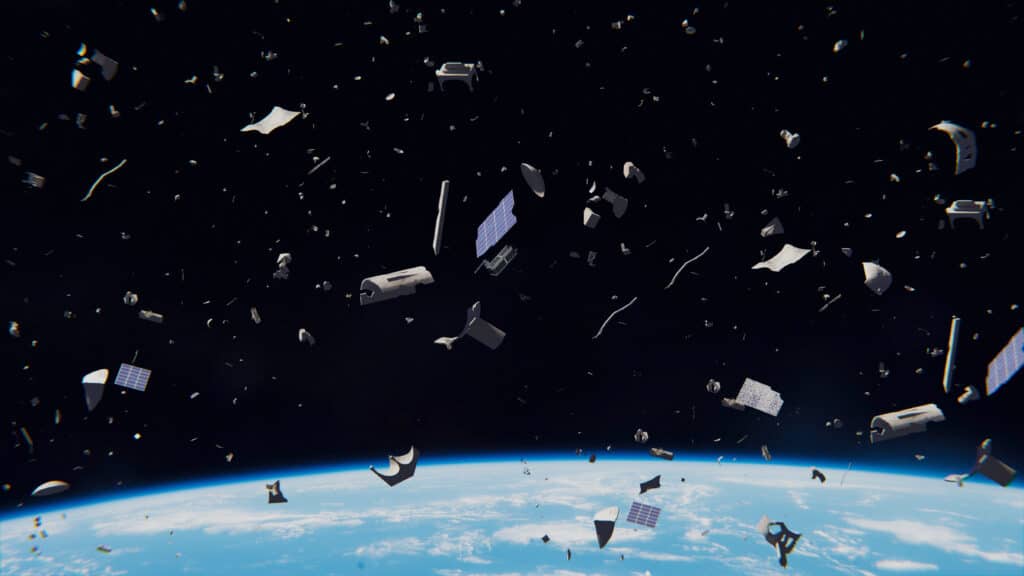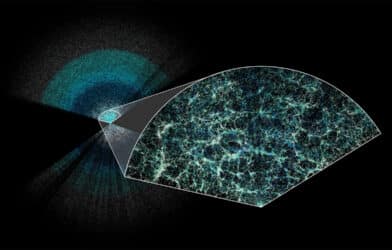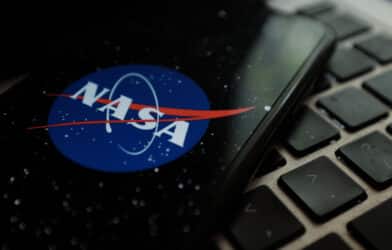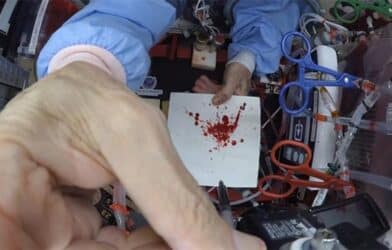In a move that sounds like it’s straight out of a science fiction novel, West Virginia University (WVU) is spearheading a potentially revolutionary approach to combating space debris. The clutter, comprising discarded parts from previous missions, such as defunct satellites, poses a significant risk to ongoing space operations, and researchers believe a coordinated network of space lasers could be the solution.
The proposed remedy? An intricate array of artificial intelligence-powered lasers, mounted on platforms in space, designed to work in unison. These lasers could rapidly respond to incoming debris, adjusting their positions and coordinating their efforts to divert or redirect objects of any size, potentially saving billions of dollars’ worth of essential space infrastructure.
According to Hang Woon Lee, director of the Space Systems Operations Research Laboratory at WVU, the space around our planet has essentially become a cosmic wastebasket. “A junkyard of human-made debris, including defunct satellites, is accumulating around Earth,” he explains in a statement.
This increasing cluster of orbital scrap heightens the risk of collisions with both manned and unmanned space assets, potentially leading to catastrophic accidents.
Making Telecommunications, Space Travel Safer
Lee’s vision, supported by a prestigious Early Career Faculty award from NASA and significant funding, involves “multiple space-based lasers actively performing orbital maneuvers and collaboratively addressing orbital debris.” This far-reaching ambition is not just about clearing space junk. It’s about safeguarding crucial satellite functionalities that society depends on, from weather forecasting and broadband internet, provided by systems like SpaceX’s Starlink, to critical scientific missions.
But why is this so urgent now?
The realm beyond our atmosphere is becoming increasingly crowded. Ventures into Earth’s low orbit have surged, not only for deep-space exploration but also for commercial, scientific, and environmental missions. Lee highlights the peril of this congestion, pointing out that it “heightens the risk of collisions, endangers manned missions, and jeopardizes high-value scientific and industrial missions.”

More worryingly, he discusses the potential onset of the “Kessler Syndrome,” a domino effect where one collision in space leads to a chain reaction of further collisions, rendering space unusable and threatening global communication and security infrastructures.
Multiple Lasers Key To Space Debris Cleanup
While there are ongoing efforts exploring nets, hooks, and other debris capture techniques, these primarily target larger debris. Lee’s laser approach has the distinct advantage of handling debris of almost any size, thanks to a complex suite of algorithms.
But how does this laser system work? Rather than annihilating its targets, the approach is subtler and more scientific. Lee explains that the lasers would use a process called ablation, vaporizing a small portion of debris and creating a high-velocity plasma plume. This reaction pushes the object into a different orbit or out of orbit entirely. “The process of laser ablation and photon pressure induces a change in velocity in the target debris, which ultimately alters the size and shape of its orbit,” Lee says.
In essence, the system won’t just blast space junk out of existence; it will strategically “nudge” them away from potential collision paths, safeguarding vital assets. “Using a system of multiple lasers can create multiple engagement opportunities with debris and lead to more efficient control of the trajectories,” Lee adds, emphasizing the strategic advantage of using a network over a single laser.
The project, still in its infancy, focuses on validating the algorithms necessary for such a high-tech operation. Lee’s team, in collaboration with industry partners like TMC Technologies, aims to ensure that the final products are ready for seamless integration into flight software systems, marking a significant step towards a future where space missions and global communications can proceed unhindered by the threat of space debris.













Zapping away metal and debris in space sounds great. But that metal and debris costed lots of money to send into space. Wouldn’t capturing it and sending it to the Moon as hitchhiker be a better use for it. The future moon inhabitants might be able to reuse it and save on launch costs fro construction materials.
This would never be used as an anti – Sat . weapon . Would it ?